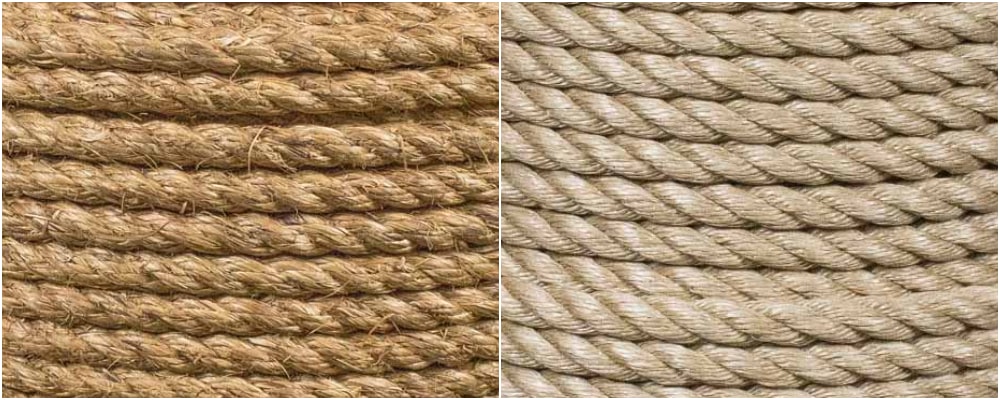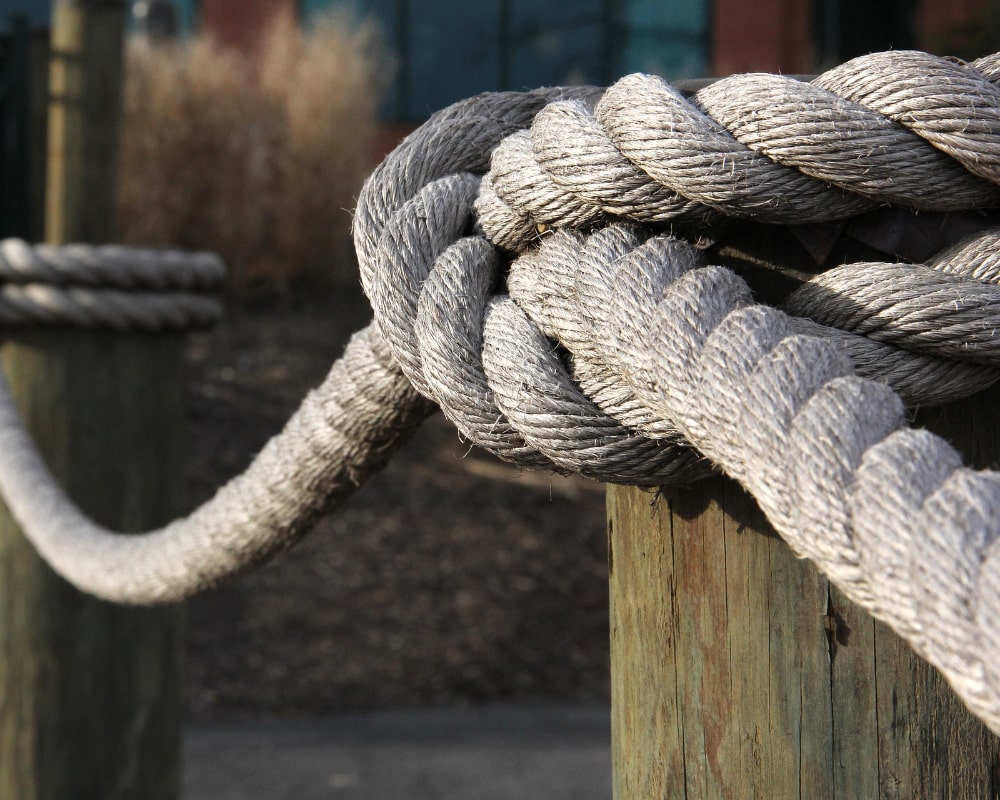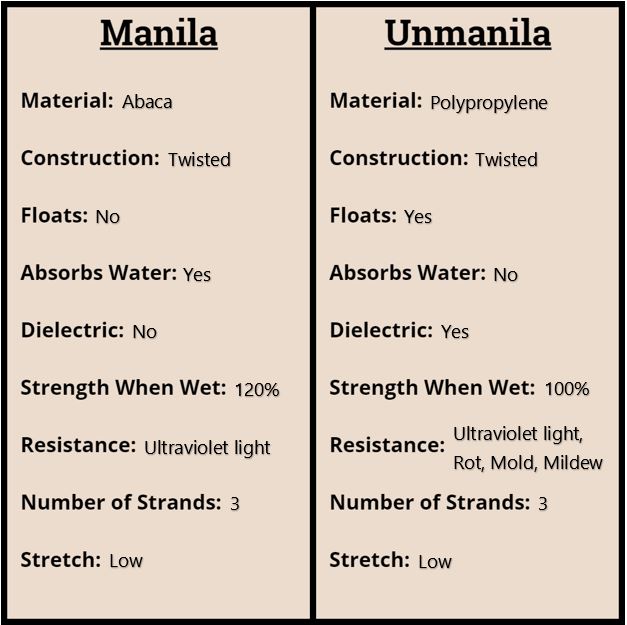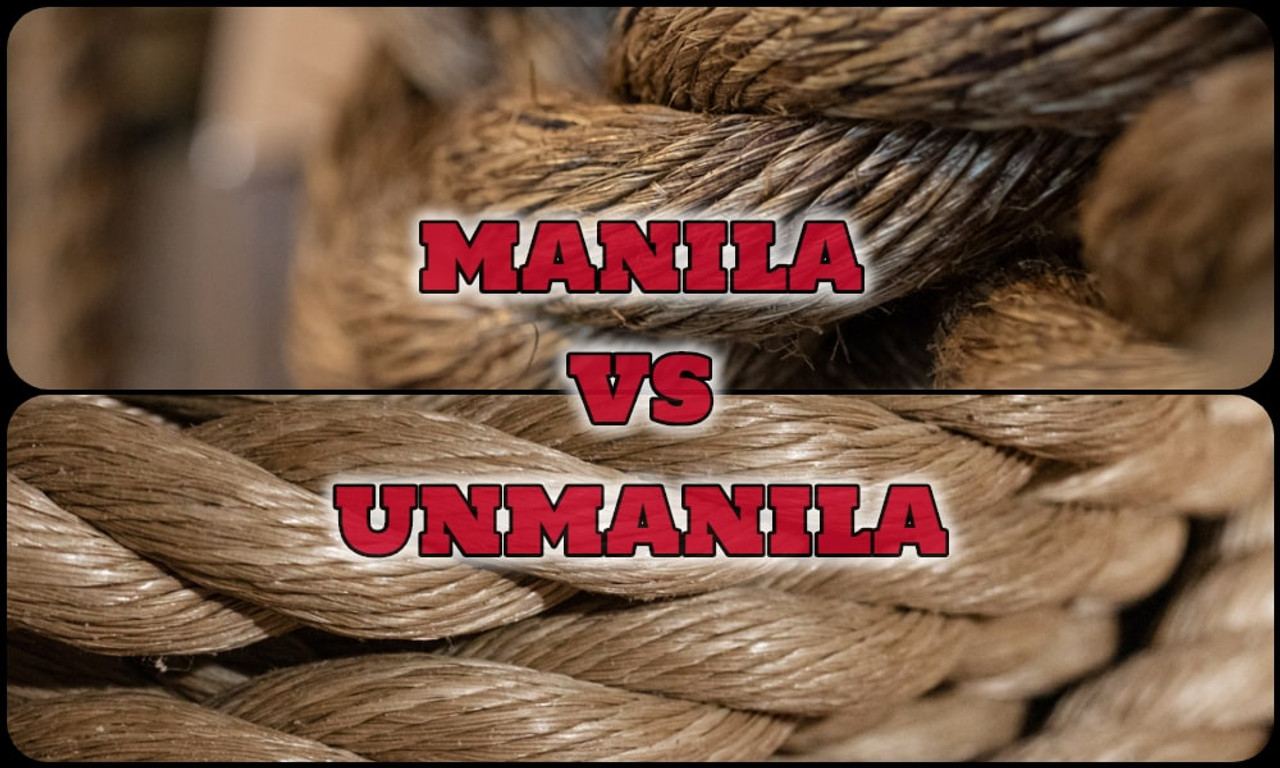Manila vs Unmanila
Origin

Manila rope originated in the Philippines where its material, abaca, is one of their main, natural resources. So, what material is unmanila made of? Also known as pro manila, this rope is made of polypropylene and was designed to look like manila but have additional features and benefits.
Materials & Features

Abaca is closely related to the banana plant and is a natural fiber known for its resistance to rot and the ability to absorb water. On the other hand, unmanila is made with tan polypropylene, a man-made fiber, to make it look similar to manila while adding more resistant features. The synthetic fibers used in unmanila rope give it protection against rot, mold, mildew, and ultraviolet light allowing it to retain its strength and last longer than that of manila.
Best Uses for Each Rope

Manila and unmanila can both be used for decoration, landscaping, restoration, tug of war, and other similar uses. What makes unmanila more beneficial then? Thanks to the reinvention of the manila rope, unmanila can be used in marine projects like boating. Some people want more of a decorative rope to be used on their dock or boat. Using manila for this reason will work but only for a short amount of time. The water will eventually wear away at the rope making it deteriorate and lose its strength, but with unmanila, it will stay strong and last a long time without showing signs of wear and tear.
Manila is great for décor where weather and changing outdoor conditions can’t affect it. The rope provides a more natural look compared to the plastic appearance of unmanila due to the polypropylene fibers. Whether someone is decorating for a theater performance, celebration, or adding a personalized style to their home, the manila will have an outdoor and natural appeal that might not be able to be accomplished by using unmanila.
Manila & Unmanila Comparison Chart


